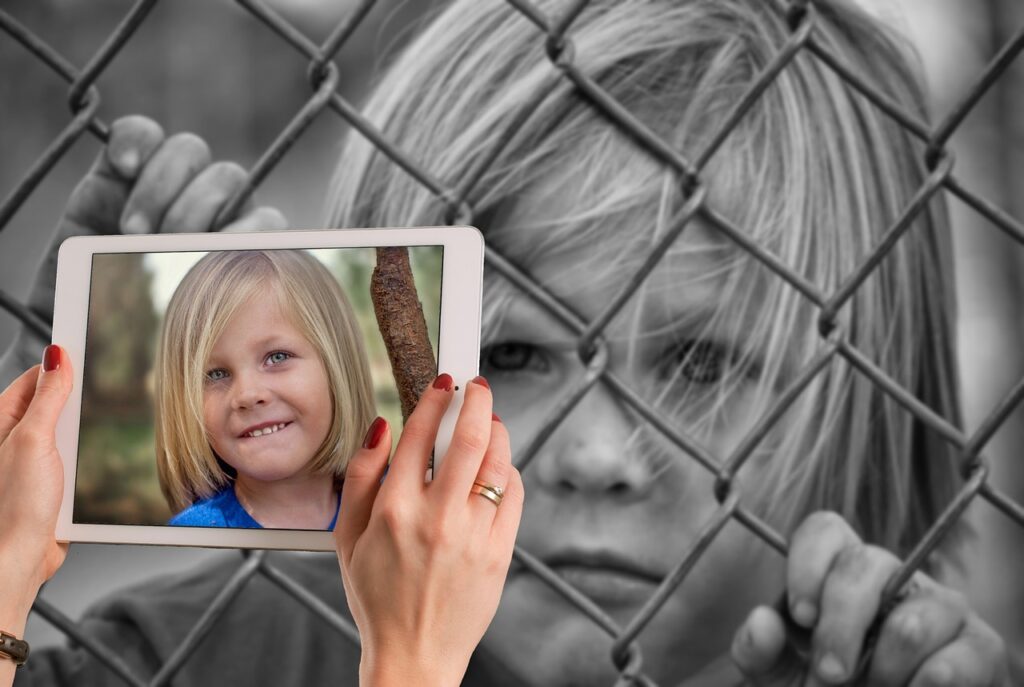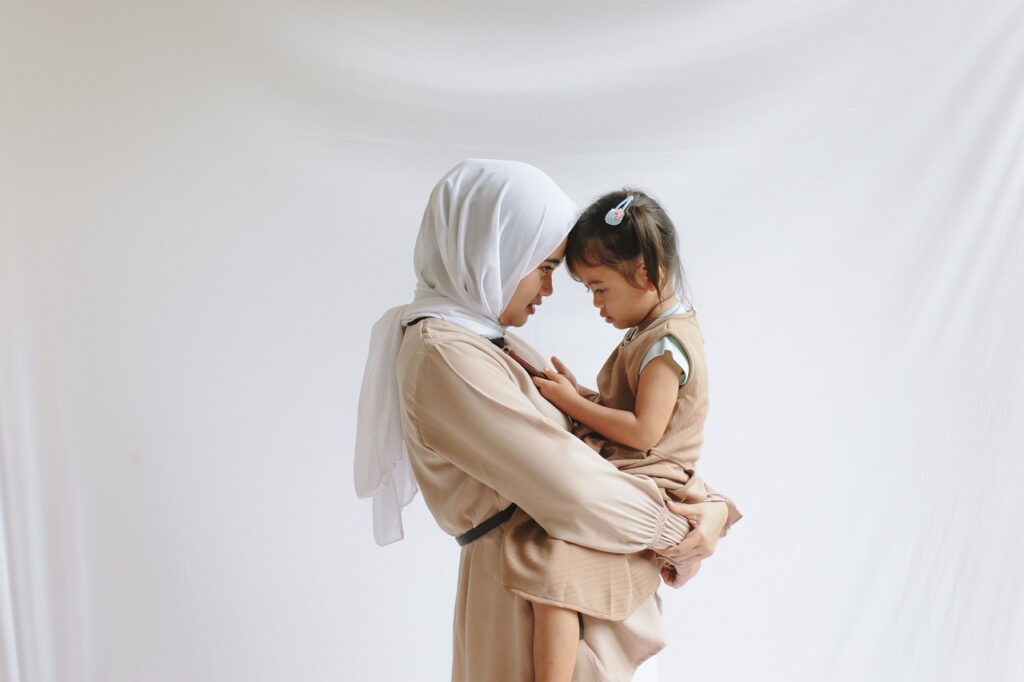We have lived through intriguing moments in history. From technology development, terrorism, natural disasters, and a global pandemic, our lives have been influenced by disruption, fear, uncertainty, and overwhelm. Everyone’s experience has been subjective, not one person has the same experience as another. However, it would be appropriate to say that our stress levels have been at an all-time high. Stress is a natural physiological response to threat or a lack of safety. It is an important part of our biology. Our stress response is key to keeping us safe and surviving. However, prolonged and chronic stress can be damaging to our overall health; physical, mental, emotional, and spiritual. It is crucial for us to have a deep knowledge of our stress responses and how to manage stress daily. When we prioritise our health, we can establish strong values for self-care that will influence future generations, optimising the longevity of a meaningful life.

What does our stress response look like?
Now, let’s explore what our stress response looks like in action. We can think of our stress response by holding in mind the Four F’s: Fight, Flight, Freeze, Fawn. The Four F’s exist on a continuum, with each stress response implemented until they are rendered ineffective. For instance, one may respond to a stressful event by fighting, however quickly learn that they are not strong enough or equipped to fight, so they flee. The Four F’s are implemented until the initial threat no longer exists and safety (physical and relational) is upheld.
FIGHT
When we experience a stress or threat, cortisol starts to pump through our body, springing us into action. Think about Kerchak the male gorilla in Tarzan. Kerchak immediately responds to the threat of Sabor, the leopard, who is attempting to attack and harm his family. This is an unconscious response, as Kerchak defends his family by banging on his chest, roaring, chasing, hitting, and biting the leopard. Now, I am not saying we turn into a gorilla in fight mode; however, fight can look like this along with escalation signs including irritability, increased heartbeat, presenting as argumentative, swearing, tightening our fists, and moving in a threatening way.
FLIGHT
When fighting is not an option for us, we may slip into fleeing the immediate threat or stressful experience. Most of us are familiar with The Lion King when Pumba is running away from Nala, the lion who is trying to eat him. Pumba detects a potential threat and realises Nala is watching him, so he runs as fast as he can, eyes wide open, panting, hoping to escape the danger of being eaten alive. You may have had an urge to ‘escape’ a stressful situation at work or with family and friends. You might have had thoughts running through your head; “I cannot wait to get out of here” or “I just want to run away!”. The flight response to stress or threat is a tricky one, because often we may want to run away, but we can’t due to such things as rules or expectations. Flight can also look like less running, but a lot of movement such as hiding, climbing, increased heartbeat, fidgeting, restlessness, observing the surroundings vigilantly, or appearing to be sensitive to sudden movements or loud noises.
FREEZE
If you have watched Peter Rabbit, you might remember Peter and his cousin Benjamin attempting to flee Mr McGregor and, after exhausting all options, Peter encourages Benjamin to “play dead”. Benjamin closes his eyes, his body goes limp, and he disconnects. Like Benjamin, we may have had to utilise temporary immobilisation or numbness to freeze and disconnect from unsafe experiences that are inescapable. This can also look like daydreaming or gazing into space. This temporary disconnection serves to protect us by disappearing from the risk or danger. When we are in a chronic state of freeze, we may present as forgetful, experience difficulties noticing our body temperature, when we need to use the toilet and if we are hungry or full. Extreme experiences of freeze, often seen during times of prolonged and intense horror and despair, may look like loss of consciousness or fainting, dissociation, disorientation, and complete loss of control of bodily functions.
FAWN
Fawning, otherwise known as people pleasing and appeasing behaviours, can be tricky to identify. Like all the Four F’s, fawning is a self- protection and self- preservation mechanism, however it can easily be undetected because of how we present when we fawn. Think of Cinderella for instance. She appears seemingly happy and calm, attending to her stepmother and stepsister’s needs, and doing as she is told. Considering the chronic neglect, emotional and psychological abuse Cinderella experienced, she appeared to be coping well. In fact, this is the engagement of her autonomic nervous system supporting her to stay low, be invisible, and survive. I have heard time and time again of children who have experienced significant harm and abuse, who others perceive as “resilient” and “compliant”, behaving in ways that keep others happy, at the expense of their own emotional needs. These children and adults fly under the radar, as their internal world is invisible to others. No one knows how they feel or what they think, because people who fawn mask their distress, to keep themselves safe. Vulnerability is not an option.

How can we soothe our distress?
The innate knowledge and power of the human body to undertake deep, physiological processes that are not in our conscious awareness, with the goal of ensuring our safety and survival, is utterly amazing. However, when we experience chronic stress and lack of safety, our mind and body move into overdrive, and we become disconnected from ourselves and each other. Reconnecting with ourselves by noticing what is happening within our body and moving through our stress responses is the initial step. A deep awareness of ourselves, allows us to be present and attune to others as well.
Key practices that we can implement when seeking regulation can include and are not limited to:
- Co-regulating with a safe and trustworthy adult.
- Breathing and grounding exercises
- Moving your body through activities such as yoga, weightlifting, dancing, or Thai-chi.
- Practicing mindfulness and meditation
- Gardening
- Cuddling your loved one
- Massage

Knowledge is Power
As knowledge is power, I hope that you can take away a deeper understanding of your stress response, as we all experience this throughout our day. The way we show up when we are stressed is different across our relationships. When we start to notice what is occurring in our mind and our body, we can consciously shift our behaviour, feelings, and ways of interacting in relationships. When we are aware of our stress responses, we can proactively ensure we move through them and avoid becoming stuck in a chronic state of distress by implementing strategies to support healing.
Are you or someone you know experiencing distress and need support?
DOMIA Mind Body Connect offers therapy for children, young people, and adults. Contact Jamie on 0426 977 553 or info@domia.com.au to find out more.
Instagram: @domia_mind_body_connect
Facebook: facebook.com/domiamindbodyconnect
